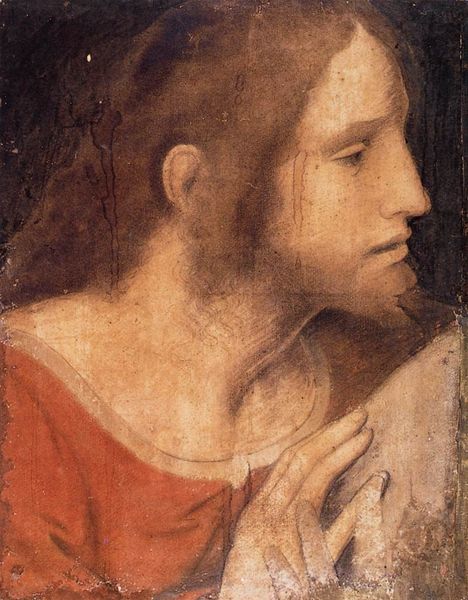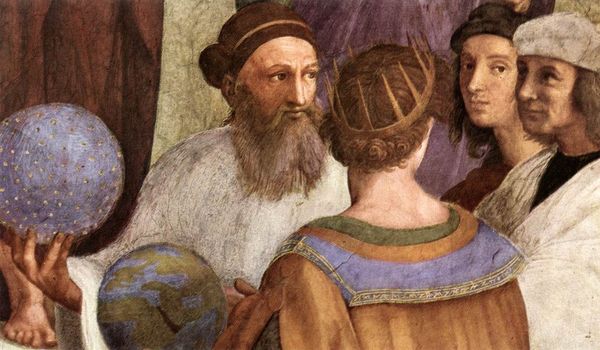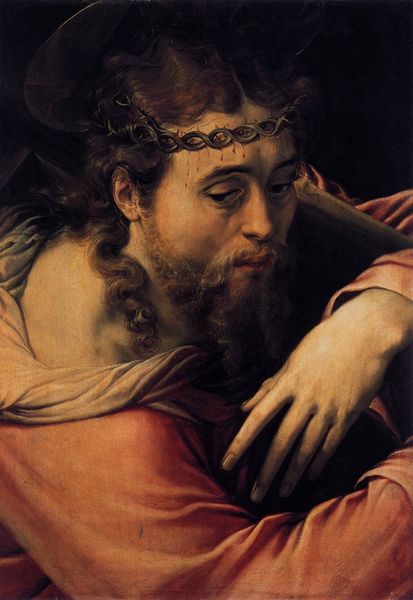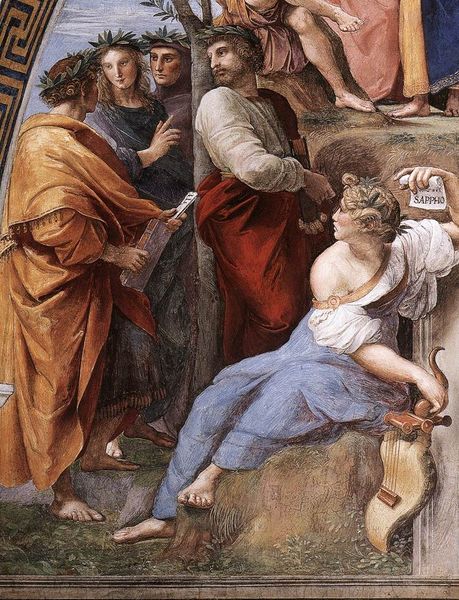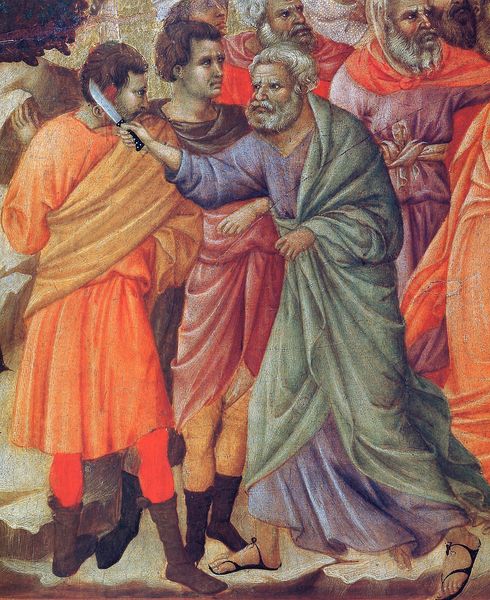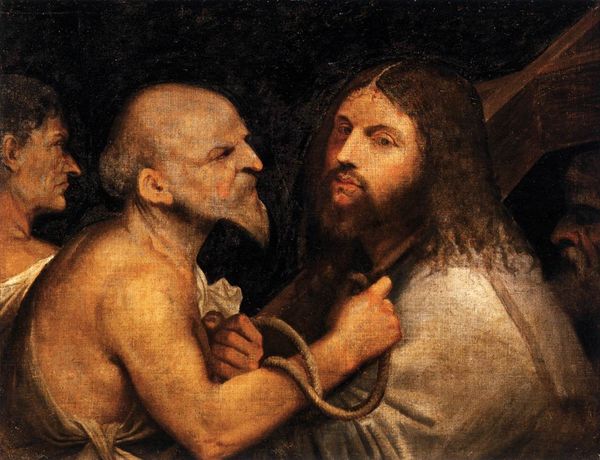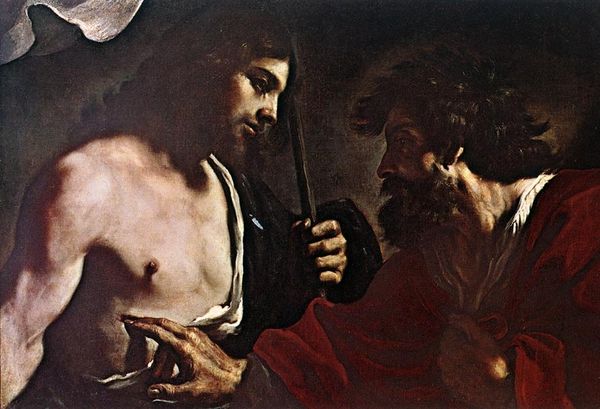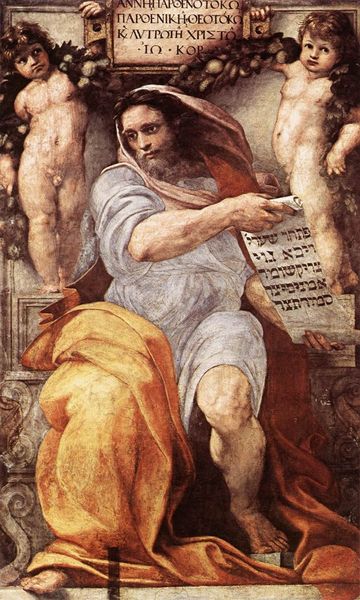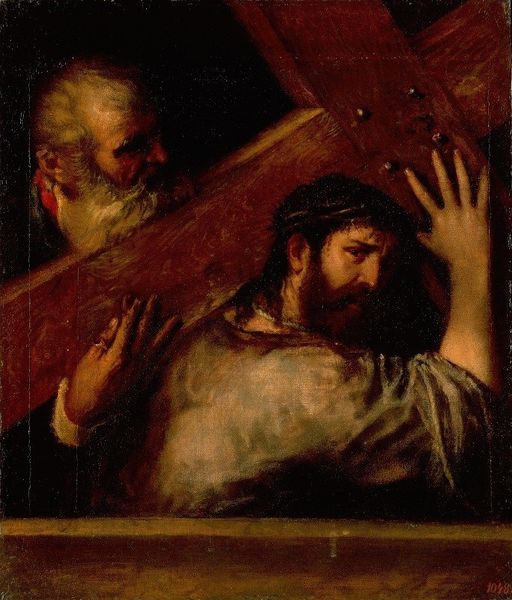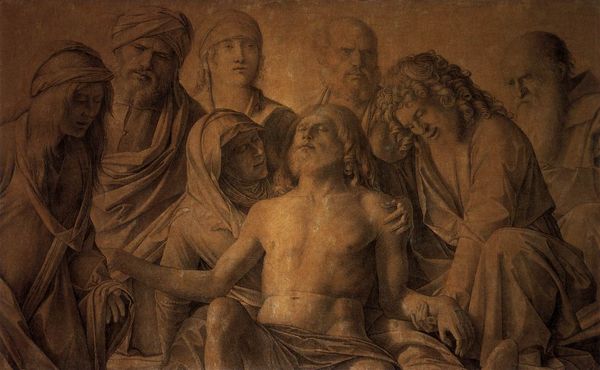
Heads of Judas and Peter
0:00
0:00
leonardodavinci
Ackland Art Museum (University of North Carolina), Chapel Hill, NC, US
drawing, charcoal
#
portrait
#
drawing
#
charcoal drawing
#
figuration
#
11_renaissance
#
oil painting
#
christianity
#
charcoal
#
history-painting
#
academic-art
#
italian-renaissance
#
christ
Copyright: Public domain
This drawing of Judas and Peter was made in the late 15th or early 16th century by Leonardo da Vinci. It’s believed to be a study for The Last Supper, his famous depiction of the moment when Jesus tells his apostles that one of them will betray him. The image's power comes from its engagement with religious and social issues prominent in Renaissance Italy. Da Vinci portrays Judas, the betrayer, and Peter, who will deny Jesus, as deeply human figures caught in a moment of intense emotional and spiritual crisis. The drawing isn't just a religious scene; it reflects on human nature, morality, and the consequences of individual actions within a community. It is set against the backdrop of the Catholic Church, a powerful institution that shaped cultural and artistic production. Understanding an artwork like this requires looking at historical documents such as theological texts, contemporary social commentaries, and artistic treatises, to understand its meaning within the specific historical and institutional context in which it was made.
Comments
No comments
Be the first to comment and join the conversation on the ultimate creative platform.

